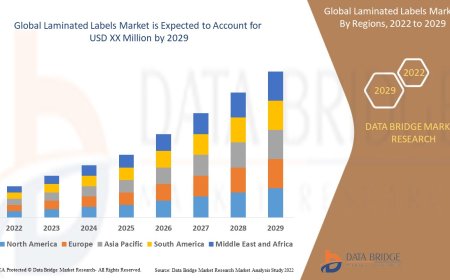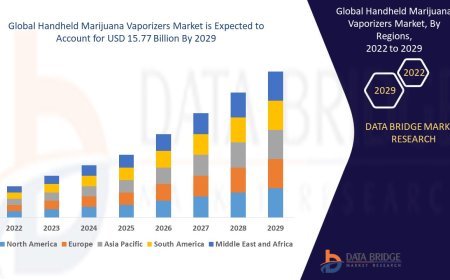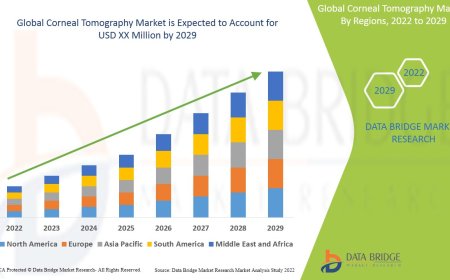AI-Powered Data Analysis: Transforming Data into Actionable Intelligence
As businesses generate and collect unprecedented volumes of data, the challenge is no longer simply gathering information, but making sense of it. Traditional data analysis methods, while useful, struggle to keep pace with todays data complexity and scale. This is whereAI-powered data analysissteps in, revolutionizing how organizations extract insights, identify patterns, and make decisions by harnessing the speed and intelligence of artificial intelligence.
AI-powered data analysis uses advanced algorithmssuch as machine learning, deep learning, and natural language processingto automatically process, interpret, and analyze massive datasets. Unlike manual methods that can be time-consuming and prone to human error, AI systems can comb through structured and unstructured data rapidly, uncovering insights that would be impossible to detect otherwise.
A core advantage ofAi Powered Data Analysisis its ability toidentify hidden patterns and relationshipswithin data. For example, AI can analyze millions of customer transactions to reveal purchasing trends, segment customers into behavior-based groups, and predict which products individuals are likely to buy next. This enables businesses to offer personalized recommendations, optimize inventory, and design more effective marketing strategies.
AI also excels atreal-time data analysis, which is increasingly essential in a world where conditions can change in seconds. In financial markets, AI-powered tools can process live feeds of economic data, news, and social media sentiment to detect emerging risks or opportunities, allowing traders to make timely decisions. Similarly, in manufacturing, AI systems can analyze sensor data from machinery to predict equipment failures before they happen, minimizing costly downtime through predictive maintenance.
Another transformative capability of AI is its use innatural language processing (NLP), which allows organizations to analyze vast amounts of text datasuch as emails, reviews, support tickets, or social media postsquickly and accurately. For instance, sentiment analysis with NLP can reveal how customers feel about a brand or product, highlighting areas where service can be improved or marketing messages refined.
Moreover, AI-powered data analysis can adapt and improve over time. Through continuous learning, machine learning models become better at recognizing patterns and making predictions as they are exposed to new data. This ability toself-improvemeans AI systems dont just provide a snapshot of the present but can evolve with the business environment.
Despite its advantages, implementing AI-powered data analysis comes with challenges. High-quality, relevant data is essential for accurate analysis; poor data quality leads to unreliable insights. Organizations must also consider ethical and privacy concerns, as AI systems analyzing personal or sensitive data need to comply with regulations like GDPR and respect customer privacy.
Additionally, successful adoption of AI-powered analysis requires a cultural shift within organizations. Business leaders must foster a data-driven mindset and invest in skills training so teams understand how to work with AI outputs, validate results, and apply insights effectively.
In conclusion,AI-powered data analysisrepresents a paradigm shift in how organizations turn raw data into actionable intelligence. By automating complex analysis tasks, uncovering hidden insights, and enabling real-time decision-making, AI empowers businesses to operate with greater agility, precision, and innovation. As AI technology continues to advance, its role in data analysis will only grow more critical, offering organizations a powerful tool to stay competitive and responsive in an increasingly data-driven world.





































